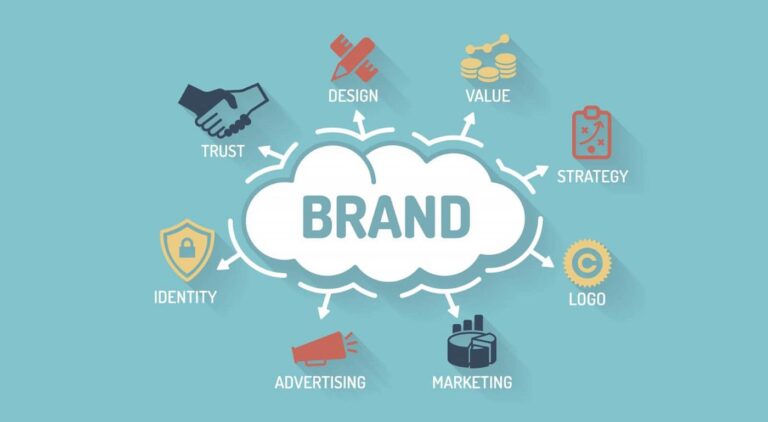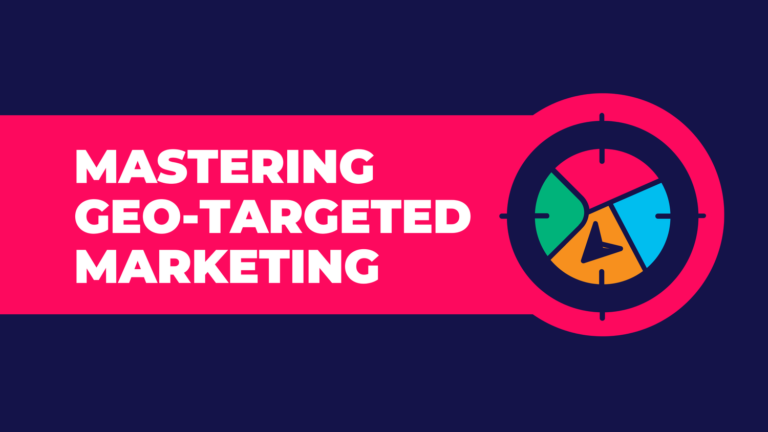The world today is powered by software, from the apps we use daily to the complex systems that run businesses and infrastructure. But how does a brilliant idea for a software solution actually become a reality? This blog post unveils the step-by-step process of software development, guiding you from brainstorming to launch.
1. Conceptualization
The journey begins with a spark of inspiration – an idea that has the potential to solve a problem or fulfil a need. During the conceptualization phase, the focus is on defining the scope of the project, identifying target users, and outlining key features and functionalities.
2. Planning
Once the concept is solidified, it’s time to create a roadmap for execution. Planning involves defining project goals, setting timelines, allocating resources, and establishing milestones. A well-defined plan serves as a guiding light throughout the development process.
3. Design
Design is where creativity meets functionality. During this phase, user experience (UX) and user interface (UI) designers collaborate to create wireframes, mock-ups, and prototypes. The goal is to ensure that the software is intuitive, visually appealing, and aligned with user expectations.
4. Development
With the design in place, developers start building the software according to the specifications outlined in the planning phase. This stage involves writing code, integrating third-party tools and APIs, and implementing features based on the approved designs.
5. Testing
Testing is a critical phase of the software development lifecycle. Quality assurance engineers rigorously test the software to identify and rectify any bugs, glitches, or usability issues. Various testing methodologies, including unit testing, integration testing, and user acceptance testing, are employed to ensure the software meets quality standards.
6. Deployment
Once the software has been thoroughly tested and deemed ready for release, it is deployed to production environments. Deployment involves configuring servers, setting up databases, and ensuring all necessary infrastructure is in place to support the software’s operation.
7. Maintenance
The journey doesn’t end with deployment – it’s just the beginning. Maintenance involves monitoring the software’s performance, addressing user feedback, and implementing updates and enhancements as needed to keep the software relevant and competitive in the ever-innovating digital industry.
Things to think critically on as you go through the above processes.
Ideation: Turning Ideas into Actionable Plans
Before diving into development, take the time to brainstorm and refine your ideas. Consider conducting market research, gathering user feedback, and validating your concept to ensure there is demand for your product.
Planning: Mapping Out the Journey Ahead
Create a detailed project plan that outlines all the tasks, deadlines, and resources required to bring your software to life. Break down the project into manageable chunks and prioritize tasks based on their importance and dependencies.
Design: Bringing Concepts to Life
Invest in creating a visually appealing and user-friendly design that enhances the overall user experience. Work closely with designers to translate your ideas into wireframes, mock-ups, and prototypes that capture the essence of your vision.
Software Development: Building the Foundation
Choose the right technology stack and development framework for your project. Focus on writing clean, modular code that is easy to maintain and scale as your software grows.
Testing: Ensuring Quality and Reliability
Don’t overlook the importance of testing – it can make or break your software. Invest in comprehensive testing strategies and tools to identify and fix bugs early in the development process.
Deployment: Launching Your Software
Plan a smooth and seamless deployment process to minimize downtime and disruption to users. Consider conducting a soft launch or beta testing phase to gather feedback and make any necessary adjustments before the official release.
Maintenance: Sustaining and Improving
Software development is an ongoing process. Stay vigilant and proactive in monitoring your software’s performance, addressing any issues that arise, and continuously seeking ways to enhance and improve the user experience.
Conclusion
Bringing a software idea to reality is no small feat – it requires careful planning, meticulous execution, and unwavering dedication. By following the step-by-step guide outlined in this article, you can navigate the complexities of the software development process with confidence and clarity. Optimum360 Agency can develop your next big idea software by utilizing this time-tested guide. Let’s collaborate to bring your vision to life!
Frequently Asked Questions
1. How long does software development take?
The timeline depends on the complexity of the software, team size, and development methodologies used. Simple apps can take weeks, while complex enterprise applications may require years.
2. What skills do I need to become a software developer?
Strong problem-solving skills, analytical thinking, and a passion for learning are essential. Additionally, specific technical skills will depend on the chosen programming languages and development environment.
3. Can I learn software development on my own?
Absolutely! Numerous online resources, tutorials, and bootcamps offer comprehensive learning paths for aspiring developers.
4. What are some popular programming languages?
Some widely used languages include Python, Java, JavaScript, C++, and C#. The best language for your project depends on its specific needs and the developer’s experience.
5. What resources are available for learning software development?
Online resources like Coursera, edX, and Udemy offer a variety of courses for different skill levels. Additionally, developer communities and online forums provide excellent platforms for learning and connecting with fellow developers.
Connect with us on social media!


